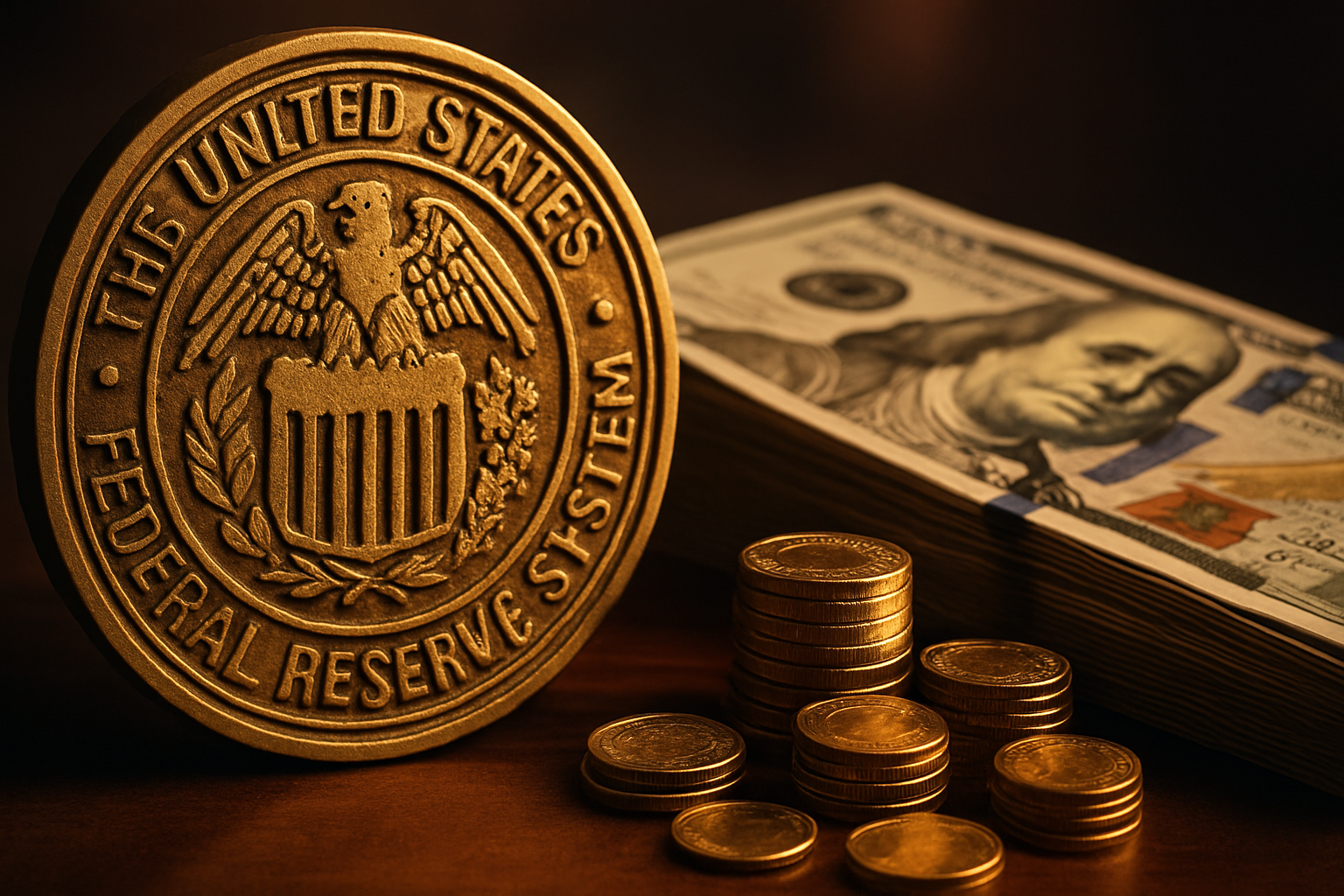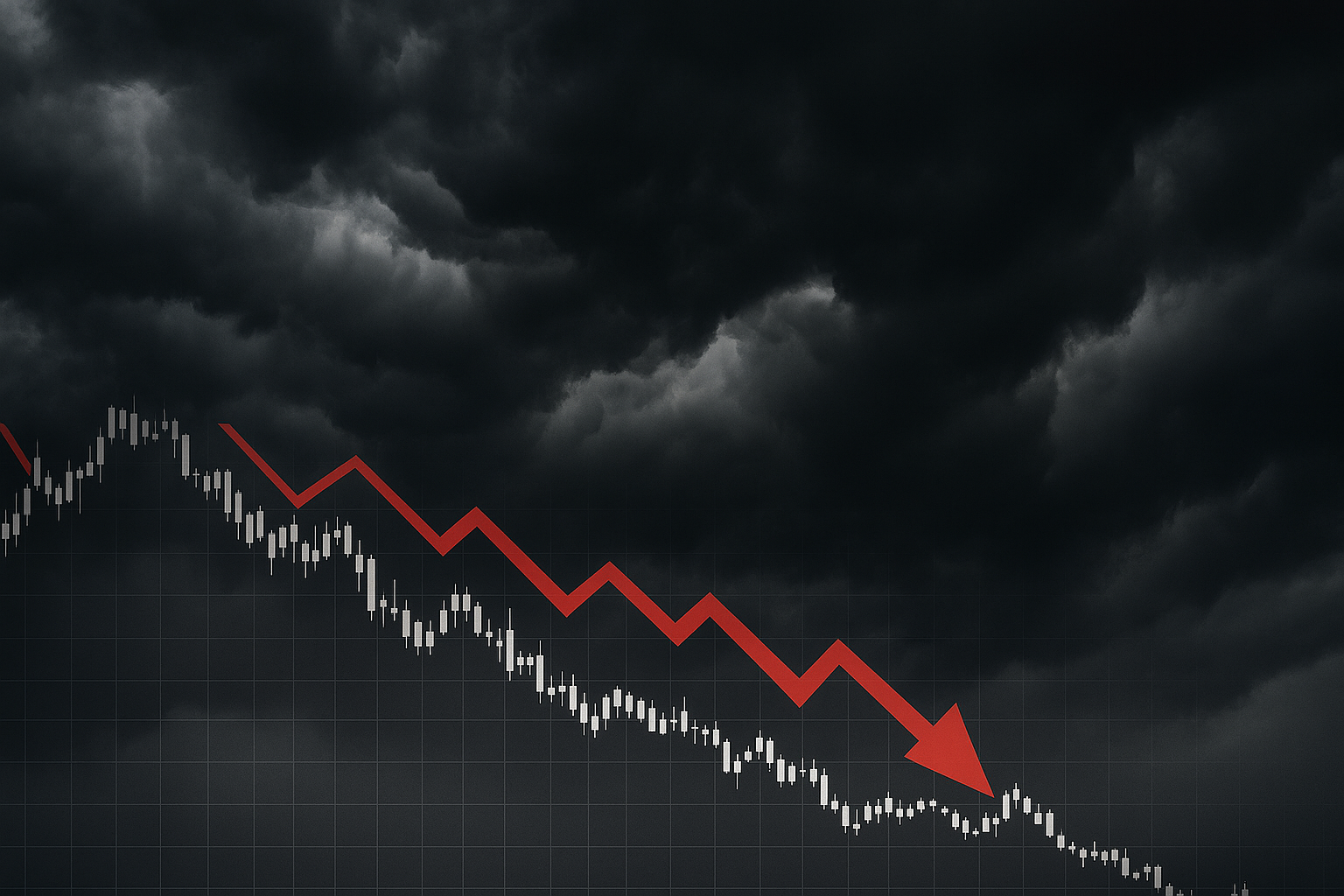It’ll Take More Than Low Interest Rates
To Make Housing Affordable
I’ve been following the housing market closely, and what’s crystal clear is that simply pushing interest rates down—even to rock‑bottom levels—won’t solve the affordability crisis. Just recently, the 10‑year Treasury yield jumped above 4.49%, reacting sharply to a fresh spike in CPI inflation—marking its highest climb in five months. That’s bad news for anyone hoping for a dramatic drop in mortgage rates.
After all, 30‑year mortgage rates track the 10‑year yield. Historically, we've seen borrowings near 3% in mid‑2021 balloon past 7% by late 2023—and they've stayed stubbornly above 6% since. Those double‑figure home prices combine with higher borrowing costs to push housing out of reach for many.
The Rush to Blame the Fed
Take a look at recent statements from Bill Pulte, director of the FHFA under the Trump administration. He’s blamed Chair Powell for keeping rates high, arguing that the Fed must intervene and drive mortgage rates down to boost home sales. I get his urgency—after all, more transactions mean more economic activity—but the answer he’s proposing is dangerously oversimplified: more inflation.
Why Low Rates Alone Don’t Cut It
Yes, in isolation, lower interest rates reduce monthly payments. A $500,000 mortgage at 3% might cost around $2,100 monthly, whereas at 6% it balloons to nearly $3,000. But front‑loading cash into the equation ignores the broader financial reality:
You still need a hefty down payment—often tens of thousands more—because it’s proportional to the sale price.
Property taxes get recalculated based on this inflated price.
Insurance premiums are climbing in lockstep with both property values and cost‑of‑living inflation.
So even if debt servicing becomes marginally more manageable, the rest of the homeowner’s outlay doesn’t budge. Those are recurring, unavoidable costs—or worse, growing costs.
The Fed Can’t Always Pull the Mortgage-Rate String
In the post‑2008 era, Fed rate cuts tied to reduced yields helped push mortgage rates down. But ever since the pandemic-era spending spree and massive deficits, bond investors are signaling that inflation is here to stay. With long-term yields trending upward, Fed rate cuts no longer consistently translate into cheaper mortgages—witness last September, when a Fed cut ironically resulted in higher mortgage rates. The debt markets don’t buy the Fed’s assurances anymore.
Beyond Interest Rates: What Housing Affordability Really Needs
Here’s the unvarnished truth: housing affordability isn’t a function of interest rates alone. The systemic issue is price inflation driven by easy money, heavy Federal Reserve balance sheet expansion, and government‑backed mortgage schemes.
Key stats tell the story. In 1985, the median home cost about 3.6 times the median household income. Now? It’s around 5.3 times. That’s an all‑time record. And it’s not just ceilings and walls climbing—it’s everything: land, labor, insurance, property taxes, construction materials.
Worse yet, taxpayer-funded agencies and central bank purchases of mortgage-backed securities have artificially buoyed prices. Throw another dose of monetary dilution on top, and affordability tanks.
What Needs to Change
If we truly prioritize affordability, we need to rethink policy from the ground up:
Stop chasing short-term housing demand. Pulte’s demand for intervention may sound pragmatic, but it allocates financial pains backward—onto taxpayers and future buyers.
Stop inflating the system. Reining in MBS purchases and fiscal stimulus would help dampen the pandemic spigot of inflation.
Focus on supply-side dynamics. Bureaucratic red tape, zoning minimums, overly restrictive land-use regulation—these structural inefficiencies cripple housing availability and bump up prices. That needs to change.




